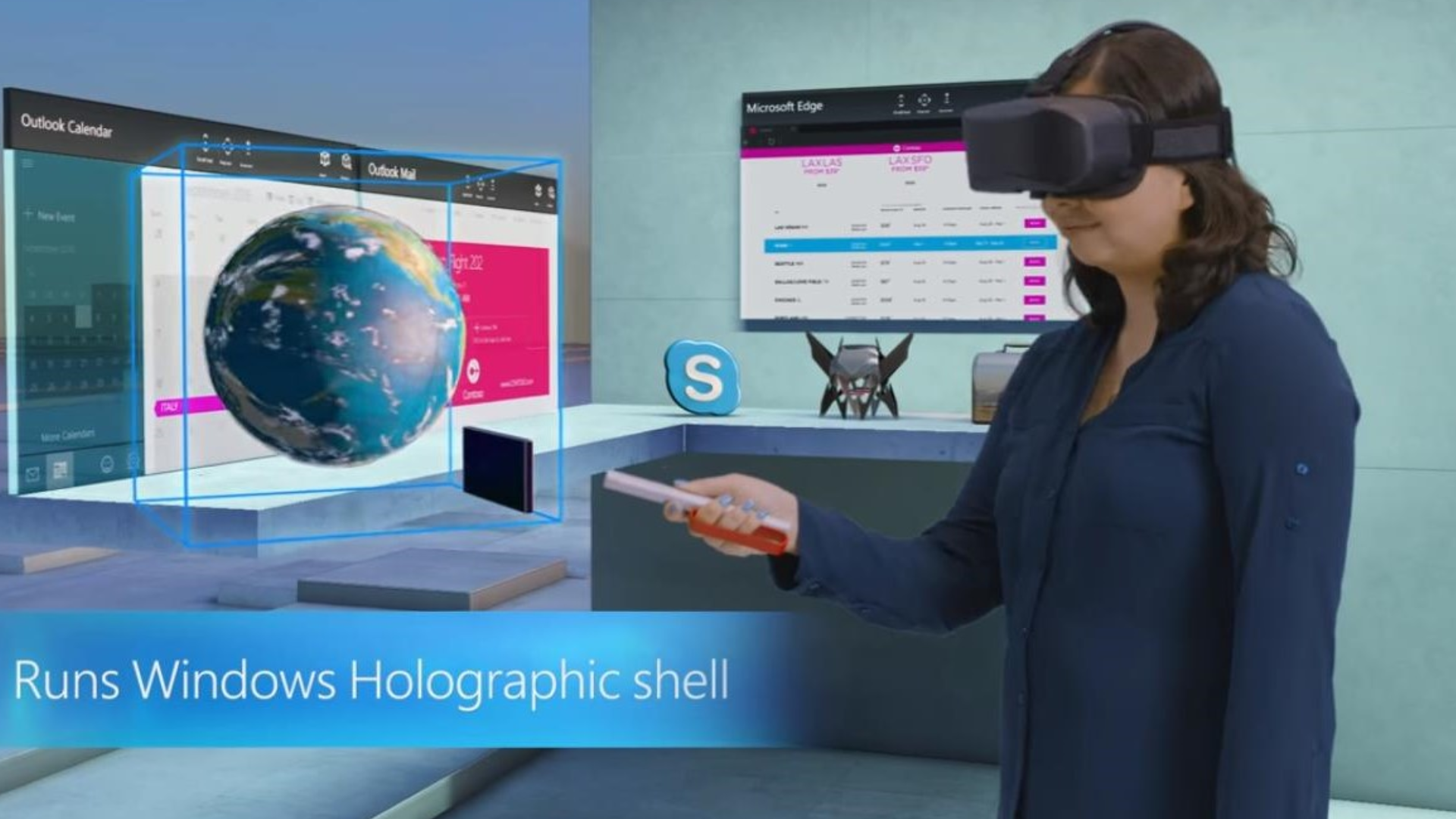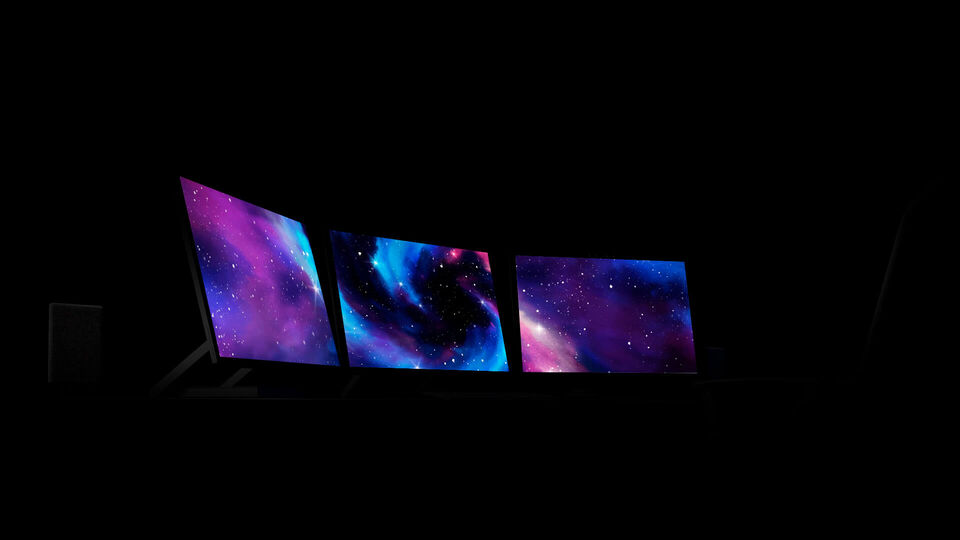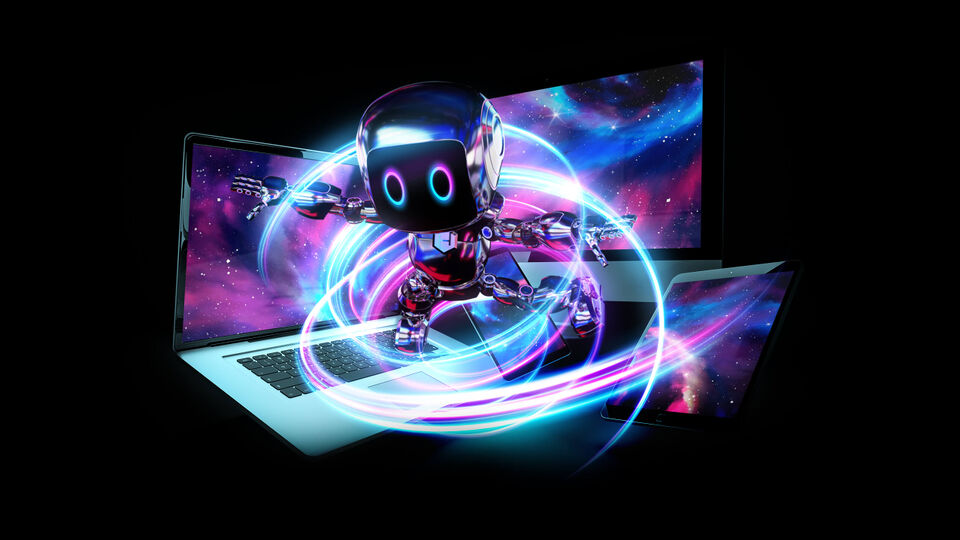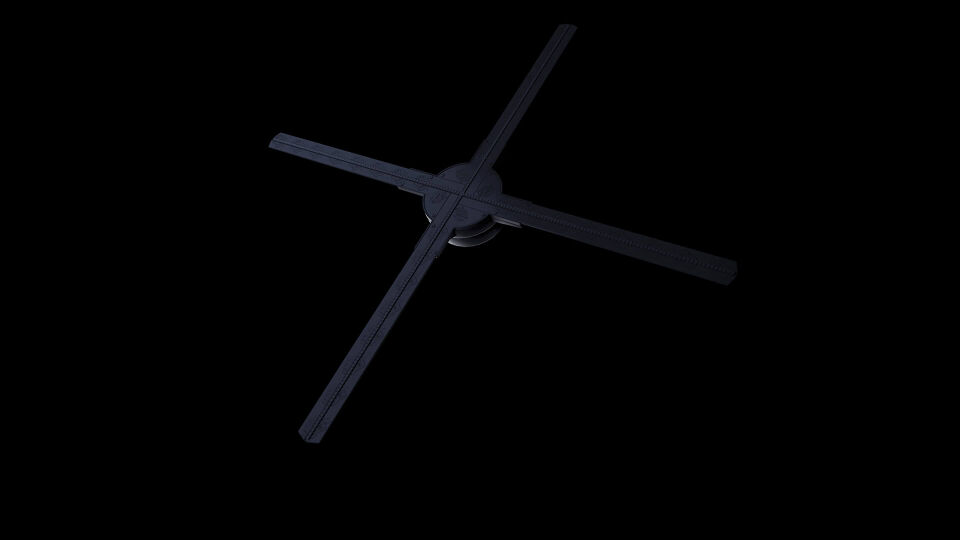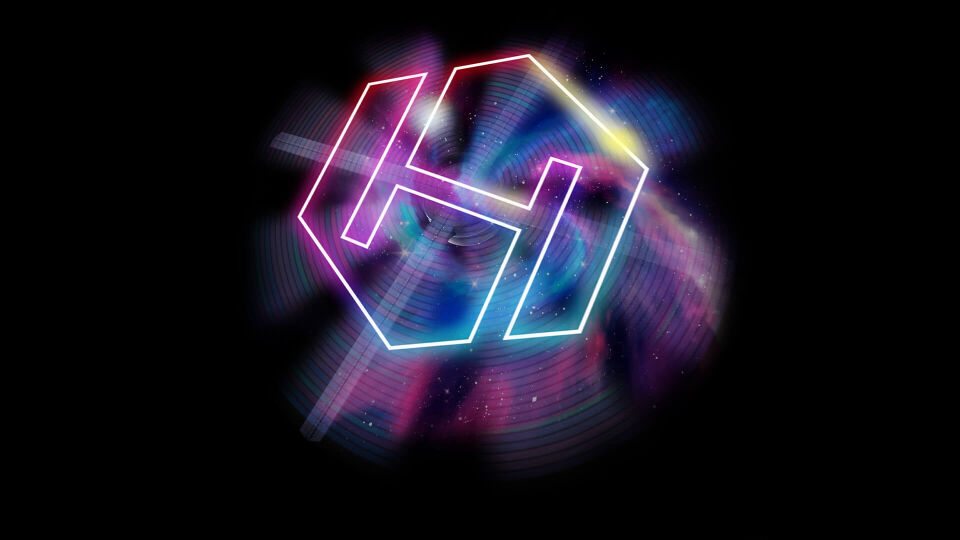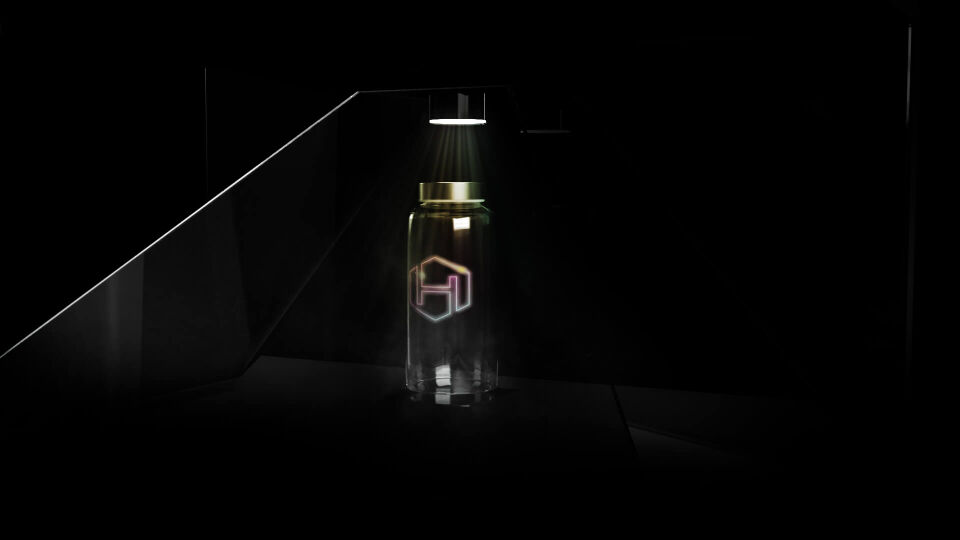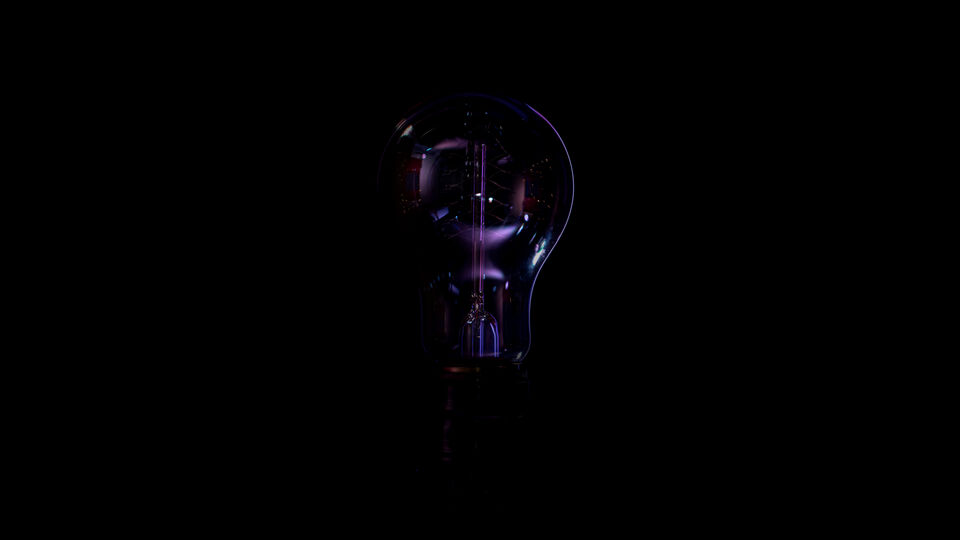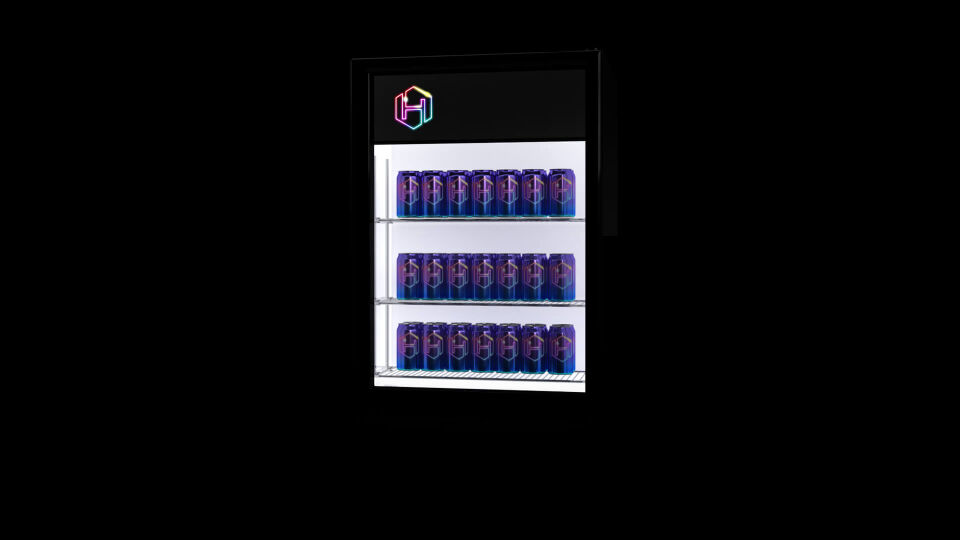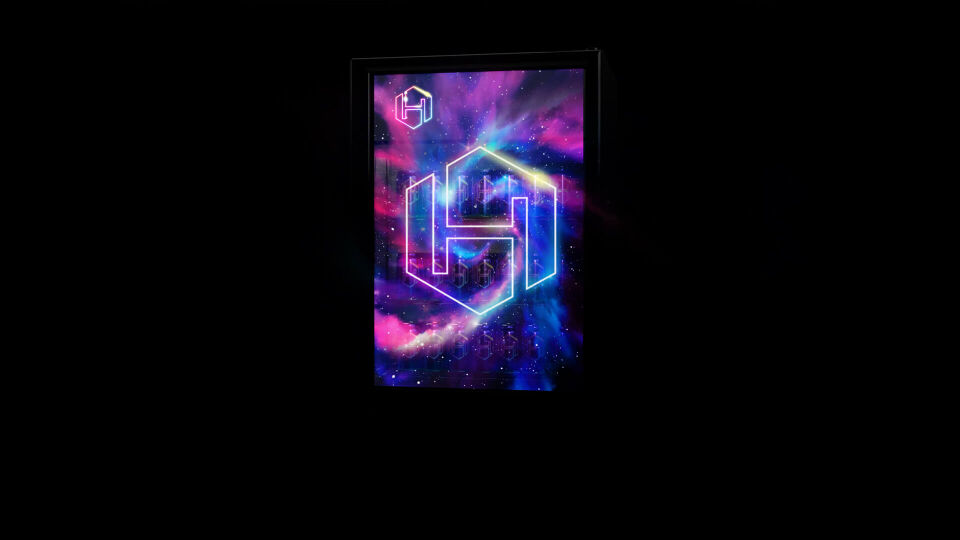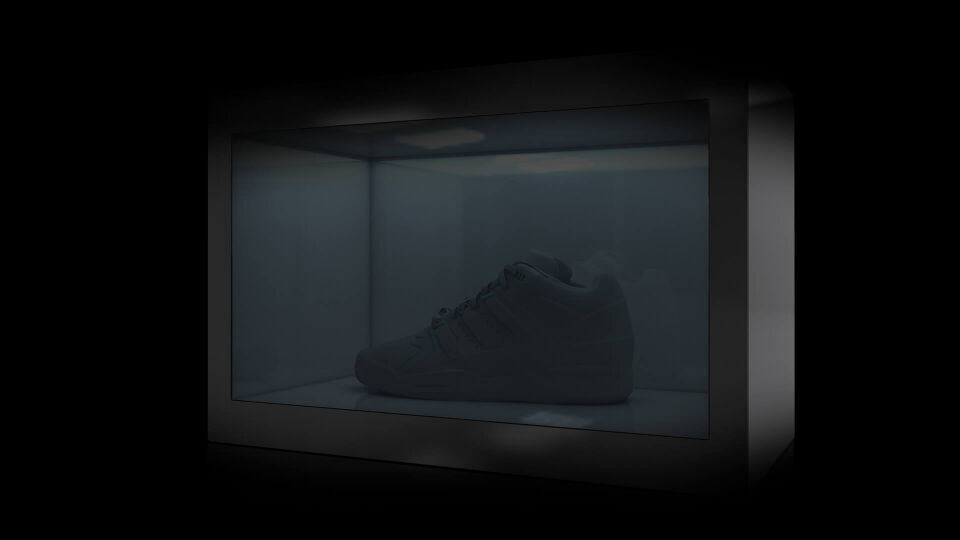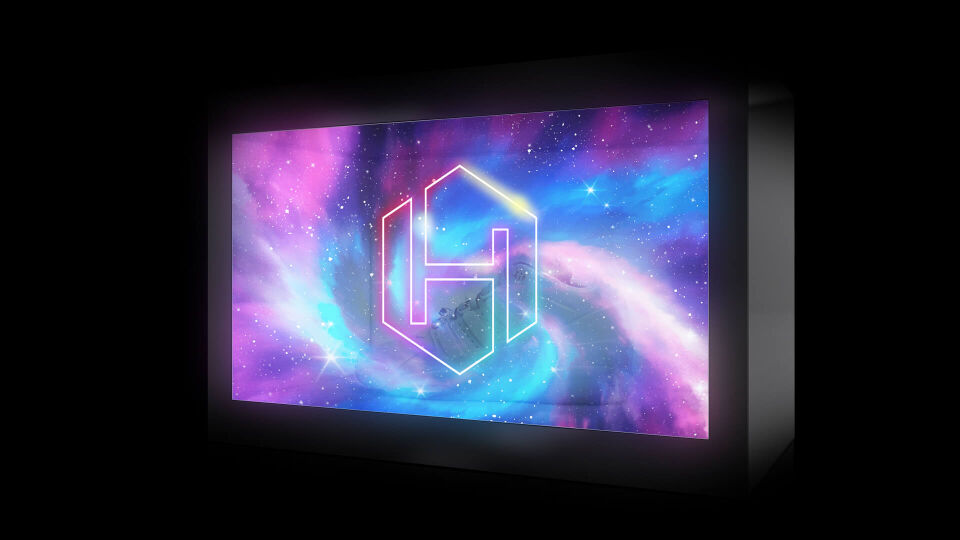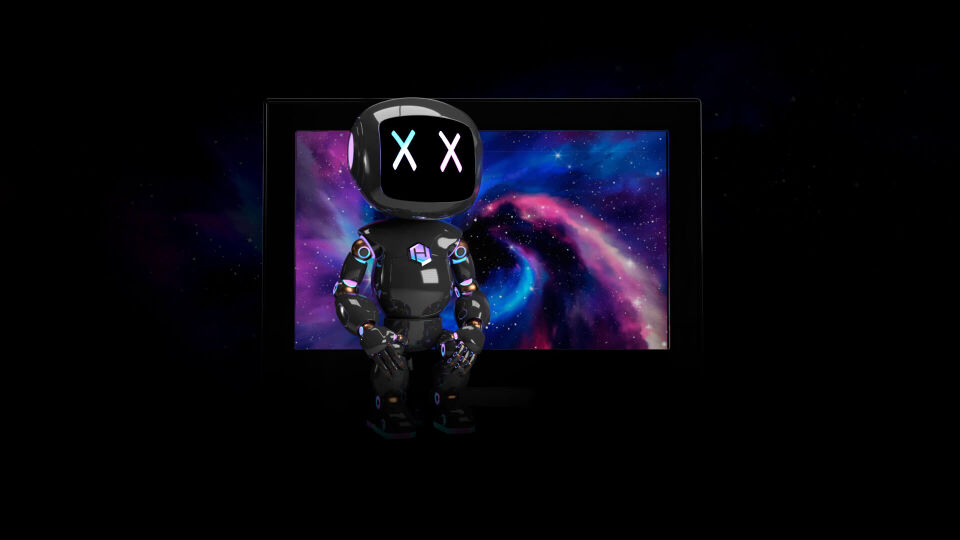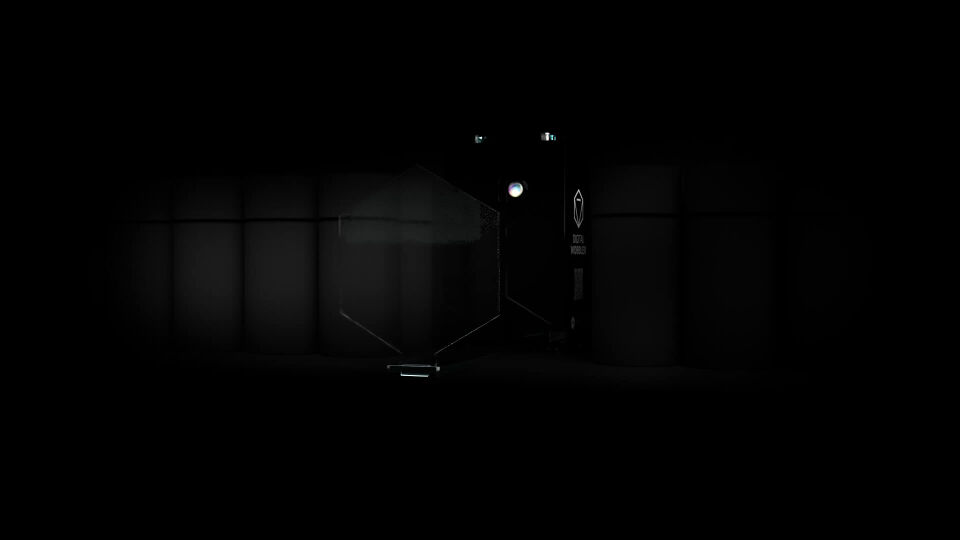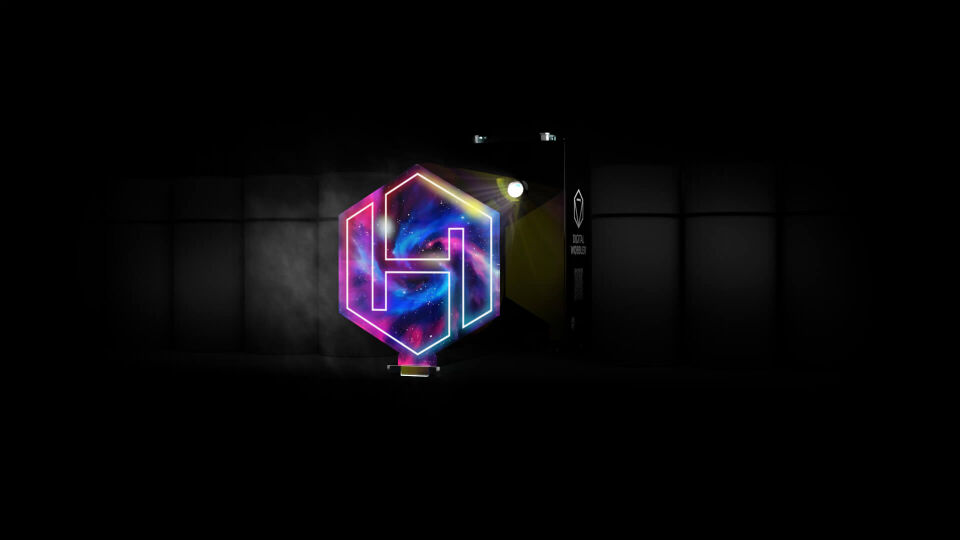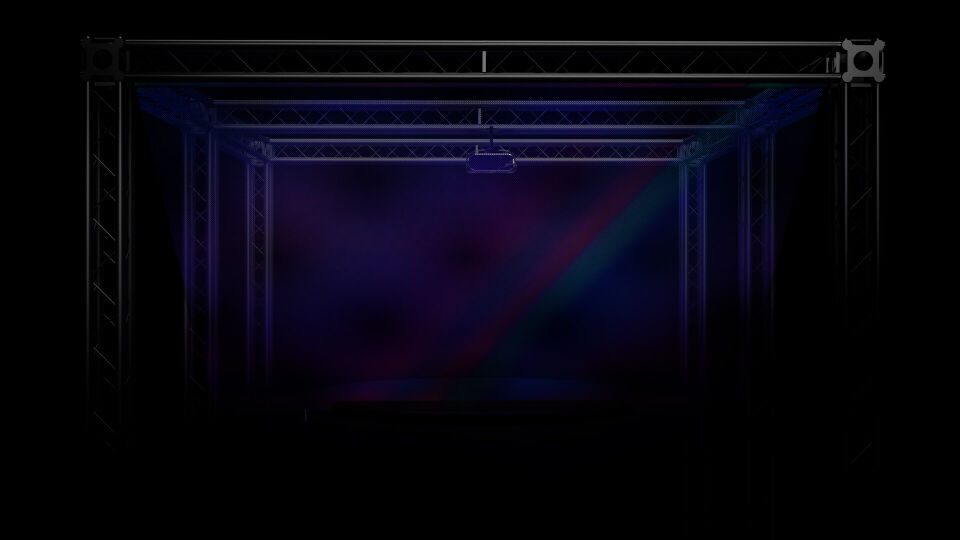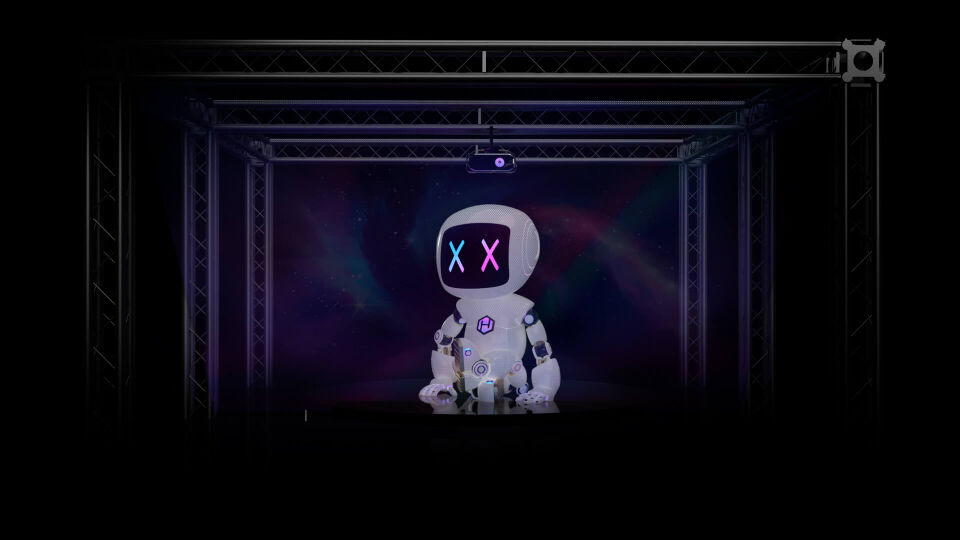We already know that Windows 10 PC will be compatible with Windows Holographic technology, which will give us a whole new experience when it comes to using a computer.
But now we know when this will be possible. At the Intel Developer Forum in San Francisco, which is still underway, Terry Myerson, Executive Vice President of Microsoft Windows and Devices Group (WDG), said Windows Holographic shell update for Windows 10 users could be expected next year. Pretty quick isn't it?
So, all personal computers with Windows 10 OS and holographic shell update will be available for mixed reality. But in order to experience the world of holograms, you will also need a VR device, Microsoft HoloLens headset or Intel Alloy. The Windows Holographic platform is based on collaboration with Intel and will also support Intel's upcoming VR headset Alloy. It is tailored to work with Microsoft HoloLens and Intel NUC with Iris graphics.
Windows Holographic will provide a whole new multitasking experience within blended reality, simultaneously combining 2D and 3D applications, and will support a wide range of HoloLens capabilities.
Recall, Microsoft plans to conquer the VR market without directing the production of VR devices, and Windows 10 has created a clear goal - to connect all devices with a single platform and to create the first and largest such ecosystem on the market.
During Microsoft's Computex Fair in Taipei, Microsoft has not released the release date for the final version of HoloLens, but said that its Windows Holographic operating system will be opened to virtual reality console manufacturers and will be used by Microsoft's partners in developing VR Mixed Reality devices. Some of the partners include Intel, AMD, Qualcomm, HTC, Acer, ASUS, CyberPowerPC, Dell, Falcon Northwest, HP, iBuyPower, Lenovo, MSI and others.
Windows Holographic implies a mixed reality platform that combines VR and AR (virtual and expanded reality) and within such an environment enables interaction and collaboration among users in real-time. For example, we could see our own hands while using a virtual reality console, dealing with a virtual object, working on a scanned 3D image of a real object, or interacting with the actual person's hologram.
Source: Windows Blog
